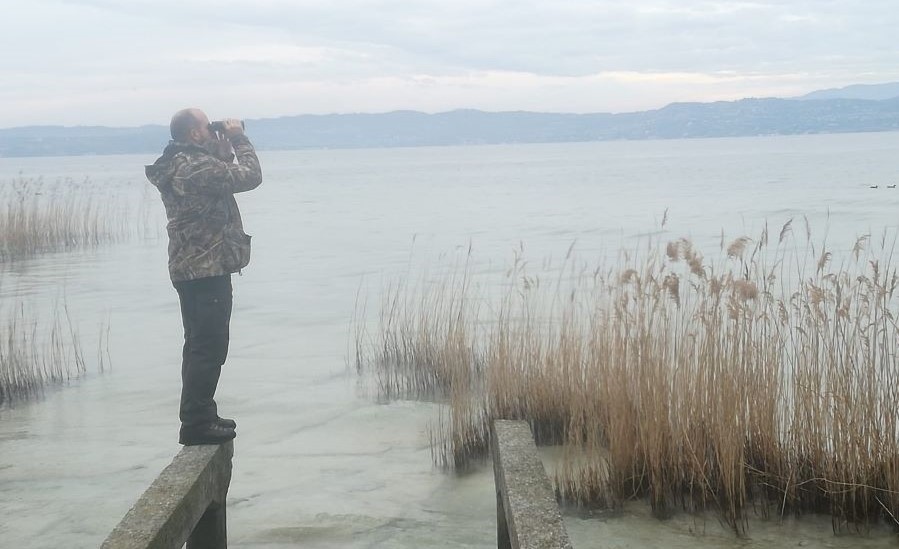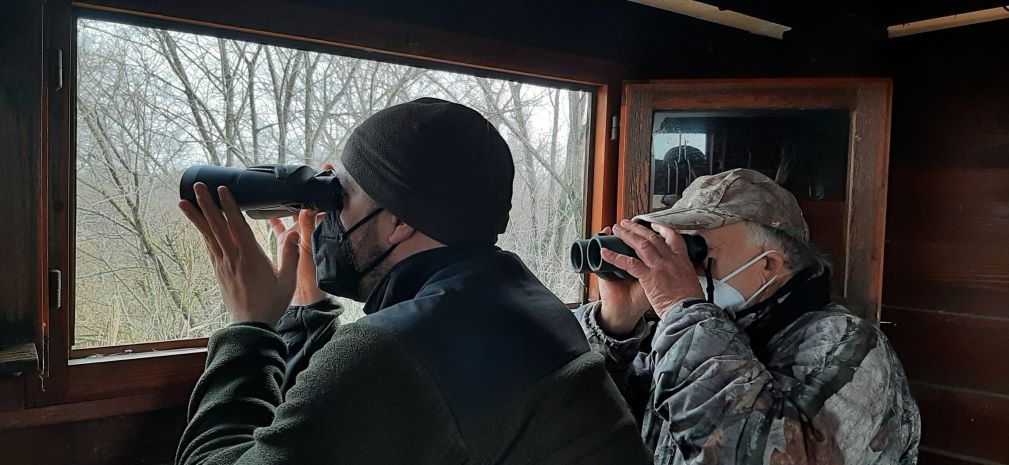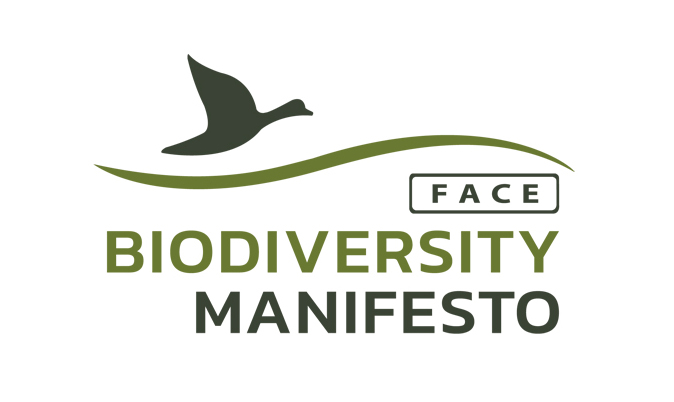
24 Jan 2022 Italian Hunters make valuable contribution to International Waterbirds Census 2022
The International Waterbird Census – In the first weeks of January 2022, the International Waterbird Census (IWC) was carried out in Italy in coordination with ISPRA (Italian Institute for Environmental Protection and Research). This is an important action to monitor and quantify the real presence of waterbirds throughout Eurasia and Africa.
After a forced stop due to Covid pandemic in January 2021, and despite this year’s problems related to the still present pandemic and the adverse weather conditions (fogs and mists), it was finally possible to cover all the areas of interest.
Many hunters have contributed to this activity. Amongst them, there were volunteer ornithologists and birdwatchers with official “census” license issued by ISPRA. They could also count on the support of local hunters who provided boats and means to adequately visit the areas searching and detecting the presence of waterbirds.
In Italy, there are important concentrations of waterbirds located mainly along the North-East of the Adriatic coast, but in almost all the Regions there are areas rich of this avifauna. Significantly, many these species are present in private hunting areas and in various sites managed by hunters that host a number of waterbird species. The management work by Italian hunters includes creating, maintaining, and improving habitat as natural and suitable as possible.
POLICY RELEVANCE
Protected Areas: The new EU Biodiversity Strategy for 2030, which includes a new restoration initative, calls for more community-based actions led by citizens, businesses, or social partners to protect and restore Europe’s nature. This project demonstrates yet again the longstanding activity on the ground of hunters and their essential role in implementing the strategy throughout Europe in the next 10 years.
This project is an excellent example of how hunters are contributing, for many years already, to delivering the EU’s Biodiversity Strategy for 2030. It accurately describes what can be accomplished for biodiversity and how to achieve those results.
Wetlands: More than half of Europe’s wetlands have been lost (particularly in Western and Central Europe and the western parts of Eastern Europe) since the 1970s (IPBES). Europe’s hunters play an important role in wetland management in Europe. According to the latest BDM data, most hunter projects focus on the maintenance of open water sites and the creation of new wetlands for ducks. In the future, Europe’s farming systems need to incentivise wetland restoration.

Key figures to illustrate the extent of the surveys and the importance of these areas – In the lagoons of Venice and Caorle, during the five-year period 2016/2020, an average of more than 500,000 waterbirds were recorded as wintering birds, including almost 200,000 Eurasian teals (Anas crecca), about 15,000 Common pochards (Aythya ferina), 10,000 Greater white-fronted goose (Anser albifrons), more than 60,000 Mallards (Anas platyrhynchos), almost 20,000 Northern pintail (Anas acuta), more than 30,000 Common shelduck (Tadorna tadorna) and almost 30,000 Eurasian coot (Fulica atra) (Basso, 2020).
Those are relevant numbers for species that together with others make it possible for these areas to reach the Ramsar conservation level. A level much sought after by areas across Europe.
Regarding these results, it should be further highlighted that in recent years the economic and environmental effort made by hunters has also been addressed towards recreating favourable habitats for species that for years have suffered many environmental problems, e.g. Pochard, which thanks to private initiatives (mainly by valley farmers), after years of low presences, is now registering positive trends.

The FACE Biodiversity Manifesto shows how hunters benefit nature conservation across Europe. It is a substantial database of over 470 hunting-related conservation projects. We now have strong evidence to show how hunters successfully implement the EU Biodiversity Strategy for 2030 and make a crucial contribution to habitats restoration, protected areas, species monitoring and much more.
Submit your Project!
Every month FACE choses a hunting-related conservation project in Europe as its project of the month. These projects highlight some of the many great initiatives hunters are undertaking to preserve biodiversity.
For further information on the Biodiversity Manifesto, please contact bob.groome@face.eu or visit www.biodiversitymanifesto.com

